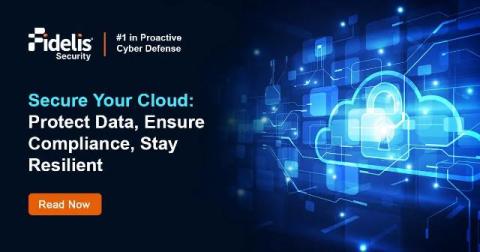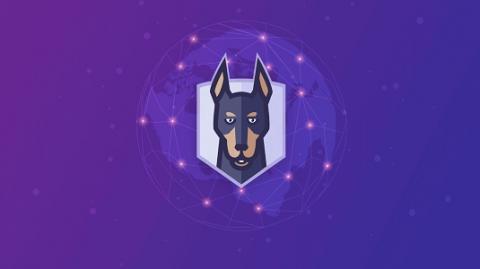The Rise of Outsourced Cybersecurity: How CISOs are Adapting to New Challenges
Chief Information Security Officers (CISOs) are facing unprecedented challenges. The combination of increasingly sophisticated cyber threats, persistent talent shortages, and complex regulatory requirements has led many organizations to rethink their approach to cybersecurity. As a result, we're seeing a significant shift towards outsourcing key security functions to managed service providers.











